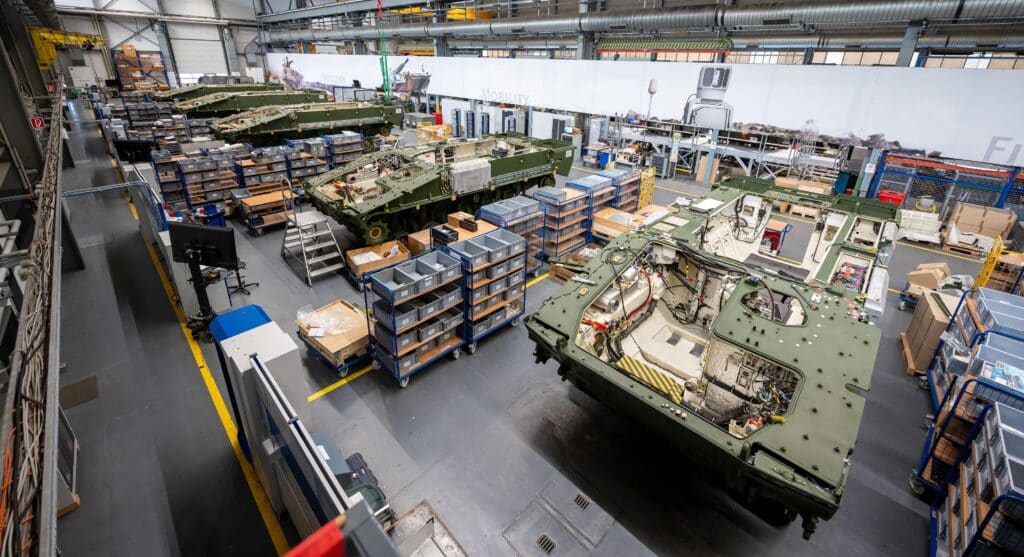This article was published as a Trend Interview with Supply Chain Magazine in the Netherlands.
Under pressure from the Corporate Sustainability Reporting Directive (CSRD), sustainability and circularity, Food & Beverage companies have to undergo radical transformations. But only 25 to 40% of these transformations are successful. According to Aart Willem de Wolf of consultancy firm Argon & Co, this is due to an overkill of initiatives whose results are not measurable. To separate the wheat from the chaff, he recommends the outside-in method.
For companies in the Food & Beverage industry, these are challenging times. They need to make their supply chains transparent so that consumers can see where ingredients come from and what the total carbon footprint is per product. There is pressure from society to make products more sustainable and packaging more circular. ‘This is quite a tricky one,’ De Wolf observes. ‘R&D departments try to incorporate as many sustainable raw materials in their products as possible, but not at the expense of taste, smell or experience. Then they also have to be able to market such a product well. With meat substitutes, you see how difficult that is.’
Recipe for failure
According to him, these are megatrends that call for radical changes. At all sorts of levels, in IT systems, people skills, in the choice of suppliers and in the ways of steering the supply chain. ‘The mere fact that this has to happen all at once is already a recipe for failure. The transition quickly becomes too big, and if it stretches over several years, you don’t keep the change momentum. You can see this in the figures; only 25 to 40% of transitions are successful.’ There are many reasons for this, including lack of good leadership, inability to free up resources and poor communication. But as the main cause, he mentions that the goal of the transition is not made concrete.
Making everything data-driven
There is an overkill of ideas at most companies, he notes. ‘I sometimes called this corporate sickness in a white paper. Many more initiatives are started than there are people to implement them. Our approach is to make this extremely visible and arrive at a shuffling of what you do and don’t do. This requires hard data. Someone shouts: ‘’Our carbon footprint has to come down, let’s go nearshoring!‘’ Then we say: ‘’Fine, but how big is the current footprint, by how much do you want to get it down and what will nearshoring contribute to that?‘’ You should take only those measures that contribute most to the business goal and leave out the rest. We call that the outside-in perspective.‘’
Behaviour determines success
Unfortunately, this is not yet a guarantee of success, he warns. ‘When is a transition successful? When the programme is complete, some people say, i.e. when the IT systems are in place, the processes are in place and everyone has had their training sessions. But those are just the preconditions. It is ultimately about behavioural change. Will a buyer actually buy more sustainably or will he rather stick with the suppliers he is familiar with? Breaking ingrained behavioural patterns is the most difficult part of a transition’. That is why you need to be able to translate goals into observable behaviour. Every strategic change must manifest itself in a change in execution processes. If that is not the case, the whole transition is pointless.’







